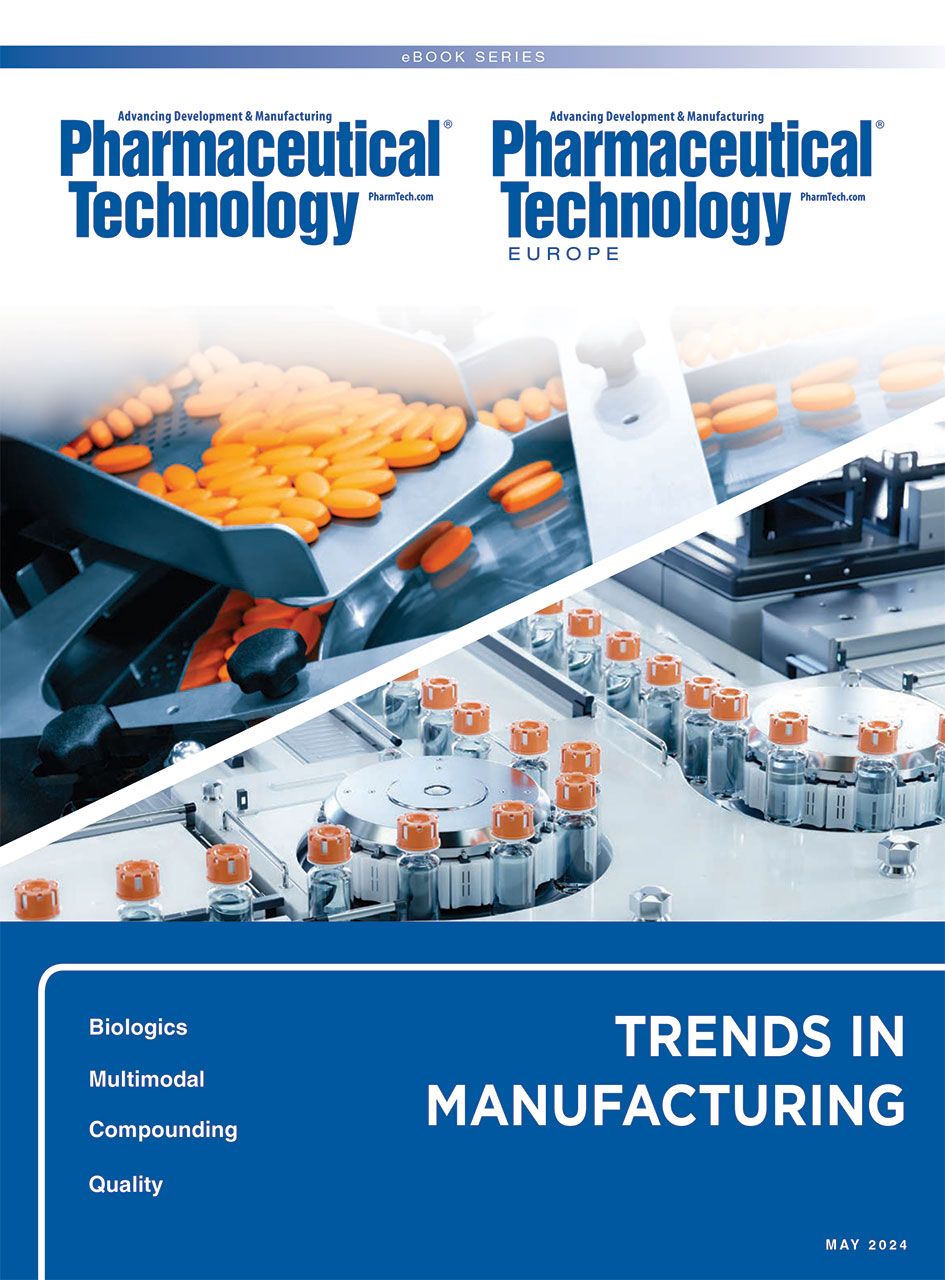Application of the Risk Evaluation Matrix as per USP <665> and <1665> for Evaluation of Leachables Risk from Single-Use Components Used in Biomanufacturing
Determining E&L risk from single-use components can be used to build the level of extractable profiling and PERLs.
Bill Gallery - stock.Adobe.com

The COVID-19 pandemic has given the bio/pharma industry lessons on being prepared to manufacture parenteral formulations for human use in emergency situations. Vaccines, remdesivir injection and amphotericin injection, are such recent examples. The challenge then becomes having enough flexibility in the manufacturing lines to facilitate manufacture of large volumes of unit doses of injectables as may be required with shorter changeover times, while assuring compliance and patient safety from the product contact parts used in the manufacturing line. Single-use manufacturing solutions provide the flexibility in terms of batch sizes, fill volumes, and ease of manufacturing, especially in terms of manufacturing different products in the same line with minimum line changeover requirements. This article reviews and elaborates the initial risk assessment process for extractable and leachables arising from single-use product contact manufacturing parts as per United States Pharmacopeia (USP) chapters <665> and <1665>, which go into effect May 1, 2026 (1,2). The determined risk can then be used to build the level of extractable profiling and process equipment-related leachables (PERLs) followed by assessing the patient safety for regulatory submissions.
Manufacturing systems used for biopharmaceutical drug substances or drug products can be partially or completely constructed from plastic materials. During the manufacturing process, the drug product and its components could directly come in contact with the plastics and potentially interact with one or more of the manufacturing system’s product contact components. The substances that leach from a product contact manufacturing component could become incorporated into the process stream. If these leached substances persist in the process stream and continue through the process operations, they could accumulate in the drug substance or drug product as PERLs (1,2). When present in the drug product, these PERLs can potentially alter the critical quality attributes of the drug product, such as its stability, efficacy, and safety. USP <665>, Plastic Components and Systems Used to Manufacture Pharmaceutical Drug Products and Biopharmaceutical Drug Substances and Products, addresses these interactions by providing a risk-based means for chemically characterizing and qualifying plastic components used to manufacture biopharmaceutical drug substances and pharmaceutical and biopharmaceutical drug products. USP <1665>, Characterization and Qualification of Plastic Components and Systems Used to Manufacture Pharmaceutical Drug Products and Biopharmaceutical Drug Substances and Products, communicates the key concepts behind and provides additional information and guidance regarding the applicability and the application of USP <665>. The authors discuss a practical approach by which USP <1665> can be applied in a step-by-step manner for the risk assessment, using a case study involving the manufacturing process for remdesivir injection and single-use technologies (Merck).
The testing of a product contact component is driven by the risk that the component may be unsuited for its intended use based on chemical or biological effects attributed to PERLs (1). As such risks increase, the degree of required testing also increases. The risk assessment process is accomplished by a risk evaluation matrix that establishes the appropriate contributors to the dimension of risk, provides a quantifying means for the risk in each dimension, quantifies the total risk for each dimension, and links the quantified risk to an appropriate characterization strategy.
Read this article in Pharmaceutical Technology’s Trends in Manufacturing May 2024 eBook.
References
1. USP. General Chapter <665>, Plastic Components and Systems Used to Manufacture Pharmaceutical Drug Products and Biopharmaceutical Drug Substances and Products. USP–NF (Rockville, Md., 2022).
2. USP. General Chapter <1665>, Characterization and Qualification of Plastic Components and Systems Used to Manufacture Pharmaceutical Drug Products and Biopharmaceutical Drug Substances and Products. USP–NF (Rockville, Md., 2024).
About the authors
Ramesh Raju Mavuleti*, rrajum@gmail.com, is head of operations, Validation Services India. Subhasis Banerjee, PhD, is principal technical application expert, Bioprocessing APAC. Tathagata Ray is consultant, Global Strategy Deployment; all at Merck Life Sciences Pvt, Ltd. K. Vasantakumar Pai, PhD, is professor and chairman, PG Department of studies & research in Industrial Chemistry, Kuvempu University. K. Sreedhara Ranganath Pai, PhD, is professor, Department of Pharmacology, Manipal Academy of Higher Education. Somasundaram Gopalakrishnan is senior consultant, Global Biopharm Center of Excellence, Merck Pte. Ltd.
*To whom all correspondence should be addressed.
Article Details
Pharmaceutical Technology/Pharmaceutical Technology Europe Trends in Manufacturing eBook
Issue 4
May 2024
Pages: 35–40
Citation
When referring to this article, please cite it as Mavuleti, R. R.; Pai, K. V.; Pai, K. S. R.; et al. Application of the Risk Evaluation Matrix as per USP <665> and <1665> for Evaluation of Leachables Risk from Single-Use Components Used in Biomanufacturing. Pharmaceutical Technology’s Trends in Manufacturing eBook. May 2024.
